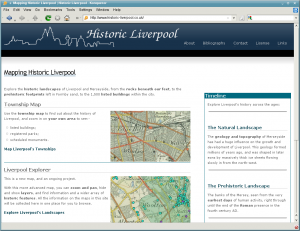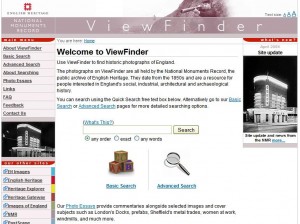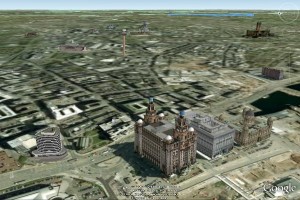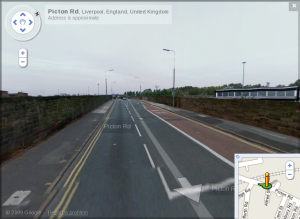Heritage at Risk in Historic Liverpool
Yes, that’s a headline and almost a pun at the same time, for of course the ‘Historic Liverpool’ in the title is your favourite map-based exploration of Merseyside’s history, Historic Liverpool. I have spent rather a lot of hours over the last week moving the entire site from lovingly hand-crafted HTML to Drupal, an open source (Free) content management system (CMS). This wonderful technology means I can spend less time on moving bits of the site round, while having to copy all changes from one page to another, and simply let Drupal do all the work. For anyone who’s used a blog this will be familiar territory. You simply type what you want into the CMS, and the pre-set design will take care of all the menus, sidebars etc. on all the pages. On a technical note, unfortunately MapServer, which I use to create the maps, doesn’t play well with Drupal (unless I upgrade my hosting package), so the mapping pages are done the old fashioned way – by hand. There are a few more stylistic tweaks to make (the article text is a bit small at the moment) but the site should be easier to maintain from now on.
Which brings me to my main point, which is that I now have more time to add stuff to the maps, and I’ve started with the Buildings at Risk in Liverpool, which can now be found on the Liverpool Explorer map (have a play around with the other layers while you’re over there). Clicking on one of the diamonds when takes you to a summary of the state of these buildings, from where you can click through to the main English Heritage website for more details and a photo. When I get a chance to, I hope to be adding my own photos to the site, as the ones on english-heritage.org.uk are a bit small.
I hope you enjoy this first of many new layers (hoping to add other ‘At Risk’ sites soon), so please do send feedback!
See also:
Save Britain’s Heritage: I’ve read this organisation’s book Triumph, Disaster and Decay: the Save survey of Liverpool’s Heritage (2009). It was mostly decay, with the odd disaster here and there, and quite sobering story of the buildings lost on Merseyside since the Blitz. In the end it was a big inspiration to include the Buildings at Risk on this site, so try to find a copy if you can.







